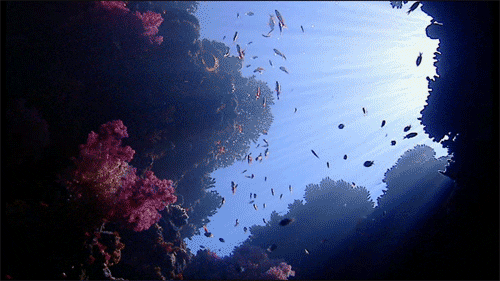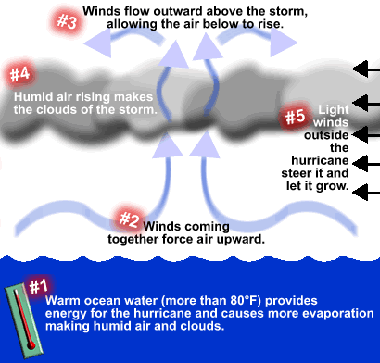With all this talk about the hurricanes destroying corals you may be wondering (I hope), “But what can little old me do to stop such a monstrous creation?”
You may think it impossible but action can be taken to protect our reefs. Of course you can't physically, directly stop a hurricane, but rather inadvertently reduce the effects of it.
By simply planting a tree, you reduce the amount of carbon dioxide in the air, which reduced global warming and thus the rise in ocean temperature.
Carpool to destinations so that less carbon dioxide is produced by the engines, or even using public transport.
Picking up rubbish or not littering can reduce the amount of pollution in the sea. When you properly dispose of your litter, they don't enter darain and oceans which can get stuck on coral or damage it due to the force of waves.
| Photo Credit: Kathryn Berry |
If you're in the Caribbean, avoid stepping/ touching the coral reefs when diving. And DO NOT break off pieces as souvenirs.
Also avoid using products such as sunscreens that contain Benzophenone-2 as it was found to stop coral reproduction [1]
By preserving red mangrove trees (Rhizophora mangle), the most common type found in the Caribbean, the amount of litter entering the sea can be reduced. These trees are found in swamps, or brackish water (mixture of salt and fresh water) along coastlines, with long roots that act as a filter for rubbish and litter and as a means of preventing coastal erosion. It also creates an area for fresh water to mix with the sea so there would not be a drastic salinity change. The large area the trees occupy also cools down the water when they block the sun. [2]
| Photo Credit: Emma Camp |
To find out what further action you can take visit:
Reference:
[2]https://news.nationalgeographic.com/news/2015/02/150210-mangrove-protect-coral-bleaching-science/

